Welcome to my end-of-the-month roundup! Typically, I try to include a variety of new (to me) discoveries I’ve made in the past month that others might be interested in, from books to recipes to music to Substack newsletters and more, but as you’ll soon see, I took things in a little different direction this month.
Maybe I should save the best for last, but I realize some readers may not make it to the end, and I don’t want anyone to miss the wisdom and inspiration of this remarkable 96-year-old woman, so I’m sharing it upfront. Among other things, I’m struck by how her advice at the end of the video aligns with the philosophy.
I have long enjoyed reading roundup posts and have learned about so many neat things over the years by doing so, which is why I like to create and share my own here. I usually try to include a wide variety of discoveries, but this month, inspired by my recent purchase of a new Kindle Scribe, I decided to offer some thoughts about several of the most popular products in the Amazon ecosystem, including Kindle and Echo (“Alexa”) devices and subscription services owned by Amazon, like Audible (for audiobooks) and Kindle Unlimited (for ebooks) as well as giving a little review of my new Scribe.
Let me start by acknowledging that, for many understandable reasons, not everyone is a fan of behemoth Amazon. You may have noticed that when I post book recommendations, I link to independent booksellers, and I like to support them within my community, as well. I am not a member of any affiliate programs, and this post is not sponsored, but Amazon does sometimes offer significant price reductions on its branded devices on Black Friday (11/29 this year) and other special events such as Prime Day in July, which is when I got my Kindle Scribe for $110 off the regular price, after a couple of years of being curious about them.
Another incentive was that my Scribe came with a 3-month free trial of Kindle Unlimited, which allows you to essentially check out up to 20 titles at a time from a selection of some 4 million Amazon ebooks. Even on sale, the Scribe was a substantial purchase, so I ended up using credit card reward points that I had been carefully accumulating for years to use for something special.
Before I drill down on the Scribe specifically, I’ll start by reminding everyone that you do not need a Kindle device at all to read Kindle ebooks because there are FREE Kindle apps available for most tablets and smartphones. You can also read them on your computer. As with Kindle devices, you have access to great features like being able to look up words with a single press, attaching sticky notes within the book, and highlighting words or passages. In fact, one advantage of using a Kindle app on a color device like an iPad is being able to color code your notes by highlighting with a variety of colors.
I also want to take a moment to mention Amazon Echo devices—the ones with Alexa! As much as I love my Apple devices with their beautifully responsive screens, in my experience, Alexa’s voice recognition is generally better than Siri’s. I also love the hands-free aspect of Echo devices. They are right there on the counter waiting to grant your wish… to set an alarm or timer, play music or a podcast, create or add to a list, tell you the weather forecast or a joke, look up a recipe or phone number, or even call someone—especially in an emergency such as a fall.
Yes, I can also do those things with my smartphone, but I have to find it first or pull it out of my purse or pocket, which isn’t convenient if you are kneading dough or hanging a picture on the wall or lying in bed. Even though I take my iPhone most places, I use Alexa far more often than Siri. Alexa is also integrated into Amazon Fire tablets these days, so she can be portable, too.
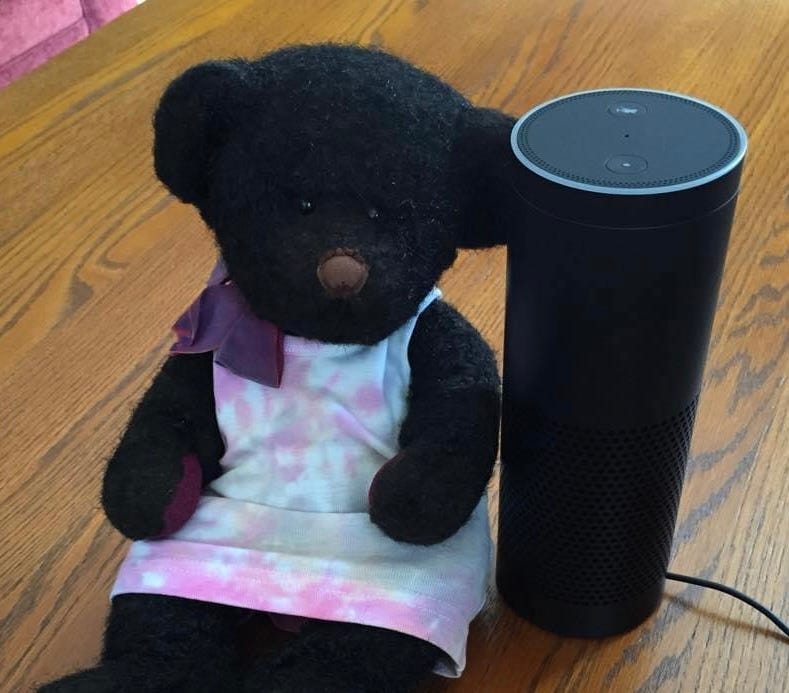
The first Amazon Echo devices were popularized not long after my mom’s difficult last year of life, and I can’t tell you how many times I have since wished that we could have gotten one to keep her company in the night when she couldn’t sleep and it was hard for her to do things for herself. Through major surgery and chemo treatments, listening to classical music was her respite, but we had to be sure there was a CD player and a selection of CDs in her room, and someone had to help her with it. What a blessing it would have been for her to be able to listen to music, podcasts, audiobooks, NPR, or a weather forecast on demand any time… or simply to ask Alexa to tell her a joke, make a list, or look up something online.
So I’m a big fan of Alexa, and if you or someone you love are dealing with physical challenges—especially with vision or mobility, it’s something to consider. I think it would also be a great gift for anyone who lives alone and feels bored or lonely from time to time. I understand Google makes a competing product that can do many of the same things, but I have no direct experience with it. If you do, I hope you will tell us about it in the comments.
As for my newest “toy”…
If you aren’t familiar with the Kindle Scribe, it is part 10.2” display e-ink reader and part hand-written note-taking device. Although it’s more reasonably priced than most of its competitors, it’s still pricey. Full retail for the 16GB Scribe with the premium pen (which is $30 more than the regular pen) without a case is 369.99. I got mine for 259.99 plus tax. I’m now glad I got it, but I wasn’t so sure at first.
As a point of reference, right now you can get a 64GB 9th generation iPad with a beautiful full-color Retina display on its 10.2 in. screen that does a lot more than a Scribe and is far more responsive for $199. You can even download a free Kindle app for it and read all your Kindle books and magazines on it. So if I could only have one such device, honestly, I’d go with an iPad, hands down. I’ve had one for years, and I love it and use it almost every day.
The Scribe, however, is good at a few things that the iPad is not. The black and white e-ink display is much easier on the eyes if you do a lot of reading, and you can also take it outside to read in full sunlight. It’s much lighter than an iPad, which is nice, and because it does fewer things, it provides more of a distraction-free environment for the user. The battery life is great. And the biggie for me is that it’s much easier to write on, something I find challenging on the iPad even with a fancy Apple Pencil. Adding a “paperlike” screensaver helps but is still a long way from the satisfying experience of actual pen and paper.
Until now, my solution has been to stick with the real deal when it comes to writing—paper notebooks and legal pads and such, but I take a lot of notes and do a variety of kinds of writing, and I’ve yet to discover a great way to keep everything organized so I can retrieve whatever I need easily. I also live in two different states and do a fair amount of travel, and it’s wildly impractical to lug a briefcase full of books and notebooks around with me. So the idea of a device like Remarkable 2, Supernote, Boox, or Scribe has intrigued me for a while, but it was hard to justify the price when I wasn’t sure without actually trying one how well it would meet my needs.
Like many of us, I already owned several electronic devices, including a computer, an iPad, a Kindle Fire, a Kindle Paperwhite, and an iPhone—not to mention a Smart TV, Alexa, and my AppleWatch. Surely that’s more than enough? I’m old enough to remember when most people went through life quite comfortably with none of these things!
When I saw the sale price on day #1 of the two-day Prime sale event last month, I spent probably 12 hours off-and-on comparing the various options, reading and watching reviews and demos, and assessing my own needs and priorities. I learned that the Scribe was still the most affordable option out there with the features I was most interested in and that there had been several significant software updates since the last time I checked into what the device could do and how it worked, so a few missing features had been added. I also noted that many people found the Scribe a pleasure to write on and were pleasantly surprised by how helpful it was to use a device that isn’t constantly bombarding you with alerts or tempting you to check email or social media or some website. Plus, I already owned a ton of Kindle books, and it might be nice to be able to read some of them on a larger screen.
So I finally took the plunge!
Initially, I wasn’t sure I should have. I loved how light it was and the nice big screen for reading that’s easy on the eyes, and, like other reviewers, I was surprised by how much I enjoyed the writing experience, but I was also reminded of the things about e-readers that I’m not as enamored with, such as the slightly sluggish black and white display and the somewhat awkward navigation. Maybe I’m just used to Apple, but I find those devices much more intuitive. Even after more than a month of playing with the Scribe, I still have trouble finding the settings I need, occasionally. One of my biggest disappointments—and I’m not sure how I overlooked this in all the reviews I read—was that the ability to annotate a book was different than I had envisioned. You can’t mark directly on the pages of an e-book other than to highlight it. Instead, you have to add a big “sticky note” to the top or bottom of the page and write on that.
There’s also the daunting task of establishing a new system of note-taking for myself. I was eager to have a new place to create student files, but I’m still starting from scratch. There’s no way to transfer any of my existing notes from years of keeping notebooks and jotting things on legal pads. In many ways, that’s probably a good thing, but it would be nice to at least be able to pull up my notes on recent students during lessons.
So I’ve been tortoising my way along, and I’m liking the Scribe more and more as I figure out what works best for me. The distraction-free environment is a bigger deal than I expected, and I do like the feel of writing on the screen. The Scribe has no built-in speakers, but it is possible to connect a speaker or earbuds via Bluetooth for audiobooks. (I just haven’t tried that yet.) I’m about halfway through my free Kindle Unlimited trial, and there have been pleasant surprises with it, as well.
YouTube stressed that KU was a great source of romance novels, but I had no interest in that genre. In fact, I read very little fiction of any kind. I’m a super slow reader (easily distracted, depending on where I am), and I mostly stick with non-fiction books. I knew the KU selections wouldn’t include any of the most recent NYT best sellers or other popular choices, and I wasn’t sure if any of the available titles would be of interest to me, but I find that having this subscription gives me the flexibility to explore books that I’m curious about but wouldn’t necessarily spend money on. In particular, I’ve found quite a few books I can use with my English students.
Another happy surprise is how many magazines are available! I’ve never liked reading magazines in a black-and-white e-reader, but I can easily send the magazines to my Kindle Fire or iPad instead to read in color and save my Scribe and Paperwhite for book reading (and note-taking in the Scribe, of course). Again, I probably wouldn’t spend money on most of these magazines individually, but since they are included, it’s fun to flip through them and read an article here and there.
I do wish it were easier to isolate the KU books and magazines on Amazon in a search, but Amazon insists on sprinkling in other titles. I’m sure they want to tempt you to purchase these non-KU books in order to read them, too. The majority of books on Amazon are not in KU, but I’m getting used to watching for the little Kindle Unlimited logo before I get too excited about what I think I have found.
One thing I figured out is something I could have done back when I was still deciding whether I was interested in subscribing to KU, if it had occurred to me: I created an Amazon List specifically for KU books I come across that I might be interested in but am not yet ready to download and start reading. I think this will help me decide whether to continue (or discontinue with the intent to resume at some future date) my subscription beyond the 3-month trial period. It should be easier to track the books down again at any future point. Kindle Unlimited costs $11.99 a month, whether or not you have Amazon Prime.
An unanticipated side effect of my scramble to learn more about the Kindle Scribe in time to take advantage of the sale price last month was that in so doing I also updated my knowledge of Kindles and other Amazon devices more generally.
As usual, I’m late to the party, but it seems Kindles have enjoyed a surge in popularity among young people in recent years, and young women in particular are all over YouTube and other social media sharing favorite books and series as well as reviewing and demonstrating a variety of Kindle-related accessories, including not only different kinds of cases, but holders, pillows, sleeves, pop-sockets, and stickers.
At first glance, I didn’t expect most of their recommendations to be relevant to me, and many, in fact, aren’t, but a few were. Several YouTubers mentioned that the book-style case they had initially used with their Kindle (which is the kind I had on my Paperwhite) was just awkward enough to hold and use that switching to a much simpler case with no cover that’s easier to take on and off as needed encouraged them to read longer and more often.
I had a similar disappointing experience with the book-style case on my own Kindle Paperwhite from years ago, but because I had paid good money for that case (and it is nicely protective when traveling) I stuck with what I had. In retrospect, I also gradually used my Kindle less and less. It wasn’t only because of the case. I found the sluggish black and white screen uninspiring, but it is easier to fall asleep after reading an e-ink display than an iPad or iPhone, and I’m a serious insomniac, so last week I decided to spend ten bucks on a simple clear coverless case for my Paperwhite. It’s comfortable to hold, super easy to put on and take off, and I was amazed at what a difference it made! Had I known, I would have given this a try years ago. I may yet add a loop or pop socket to the back of the case to make it even easier to hold in various positions.
So if you have an e-reader lying around in a case that you haven’t been using much, you might consider swapping out the case for a different style. Or just remove the case entirely and see how that feels.
I’m a little embarrassed about this next discovery because the first time I saw one, my reaction was, “You’ve got to be kidding me!” But I actually bought an electric page turner (for less than $20) that works on my Paperwhite, my Scribe, or even the Kindle app on my Fire, and for extended reading sessions, it really is a game-changer. I don’t use it every time I use the Kindle, but when you want to want to curl up and get really comfy for a nice long immersion in your book of choice, it feels wonderfully indulgent.
There’s one part that clips onto your Kindle and the remote control part with a button to press that you just hold in your hand. I already had a triangular foam pillow-like thingie that’s great for propping any Kindle on so I don’t have to hold it while reading. If I want to spend a lazy afternoon flipping through magazines, I can use the remote with my Kindle Fire and its nice color screen. I’m guessing I may use this page-turner device even more in cold weather when I can balance the Kindle on its foam bed on my tummy and hold the little clicker in my hands under the bed covers or a throw as I read.
I know… how lazy is that???

One final discovery is something I think I knew about long ago but forgot until someone highlighted it in a YouTube video. I wasn’t that interested before, but now that I’ve been teaching English as a Second Language for a few years, I’m realizing how useful these features could be to some of my students. There’s a Kindle setting that allows you to keep track of any word you look up in the book you are reading. You can easily edit your word list if you just want to focus on particular ones. At the press of a button, your Kindle will create a set of vocabulary flash cards for you to review or practice. And there’s also a tool called Word Wise that you can turn on in some e-books that will write little hints between the lines of the book above difficult words, so you don’t have to stop as often to look things up. Pretty cool.
I’ve mentioned before that Bookbub.com is my favorite place to purchase bargain e-books. Often they are as low as 1.99 or 2.99 (USD). It doesn’t have to be in the Kindle format, either. They also have Apple Books, Google, Kobo, and Nook. You can sign up for free daily emails.
Often, if you buy an ebook—even at a sharply discounted price—Amazon will then offer the coordinating audiobook to you at a discount, as well. I’ve been known to pair a $2 ebook with an $8 audiobook (which Kindle will “whispersync” for your convenience) and end up with both versions for far less than you would ordinarily pay for either one.
And if you love audiobooks you probably already know about Audible, which is another subscription service from Amazon. You pay a monthly fee for a credit with which you can buy an audiobook. You can cash them in as soon as you get them or save them up to splurge later or use during a sale. (They often have members-only sales for additional savings). Audible is great if you spend a lot of time in the car or doing fairly mindless household chores. The time seems to pass more quickly while you listen, AND you get to enjoy a book without having to carve a lot of time out of your schedule.
I know I’ve been focused mostly on Amazon today, but don’t forget your local library. In many places, you can get a library “card” online without ever having to walk in the door, and it will allow you to check out ebooks (and sometimes audiobooks) free online using an app called Libby. Of course, if you love real books with paper pages, you can check those out at the library, as well.
In case you waded through this whole newsletter with no real interest in ebooks or note-taking devices (thank you!!), I wanted to end with something completely different. Whether you watched the Democratic National Convention or not, you may have heard that they did the ceremonial roll call of the states this year with a new twist.

The roll call is an important part of every convention, no matter your party, as it’s the one moment each state gets to shine in its own right. But with 50 states, plus several territories and DC to highlight, it can become a long, drawn-out, and somewhat dull process, so the Democrats decided to have a little fun with it this year by adding music and a DJ, along with some nice visuals. The traditional Roll Call became a modern Dance Party. I suspect it may change the way future convention roll calls are conducted.
I confess that, as an oldster, I didn’t know all those songs or artists, but many were familiar, and I appreciate the fact that they were carefully chosen because of a real connection to each state and that they decided to loosen up and have a little fun with the whole thing. Former RNC chair, Michael Steele, said he had Republican friends who admitted to watching the Democratic roll call a second time because it was so extraordinary.
So here’s DJ Cassidy’s playlist from that night. And you can see the full list of songs by state here. If you are my age or beyond, some of these tunes may not be your cup of tea, but others will be old friends, and I think it’s important that our conventions—and our politics more broadly—not just cater to the old but reach across generations and cultures. My prayer is that in the months and years ahead we somehow move closer to embodying the name of our beloved country: The United States of America. ❤️🤍💙





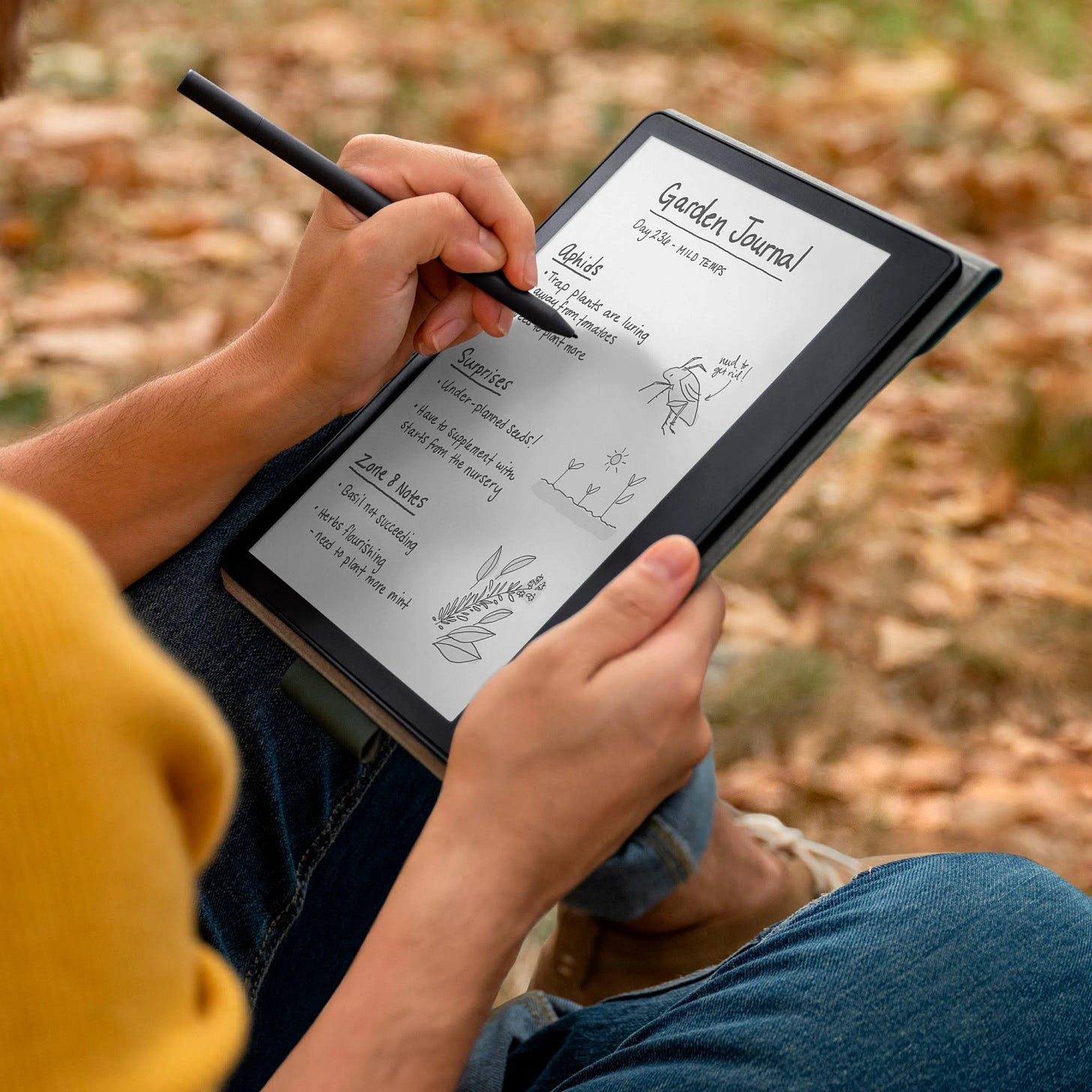
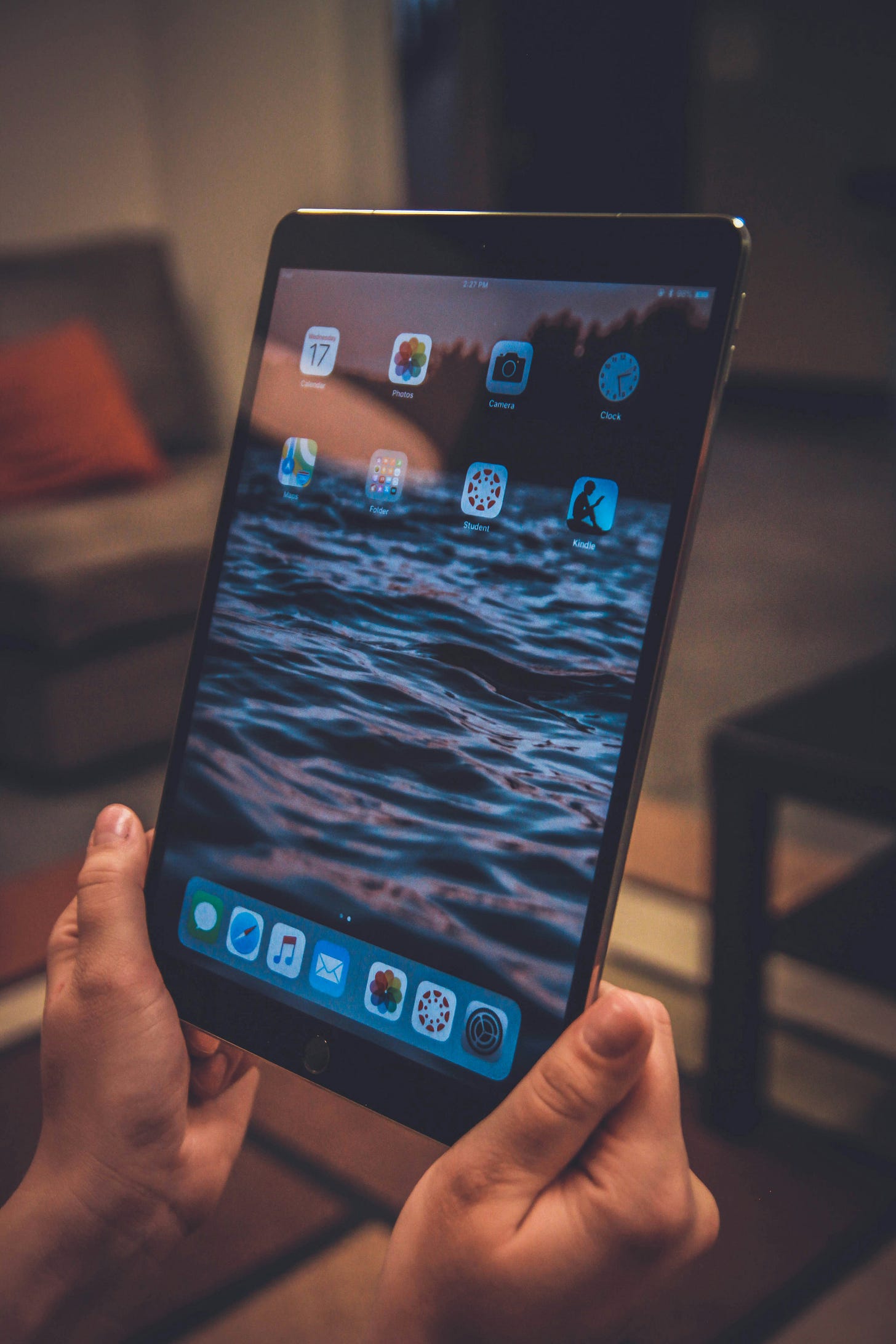
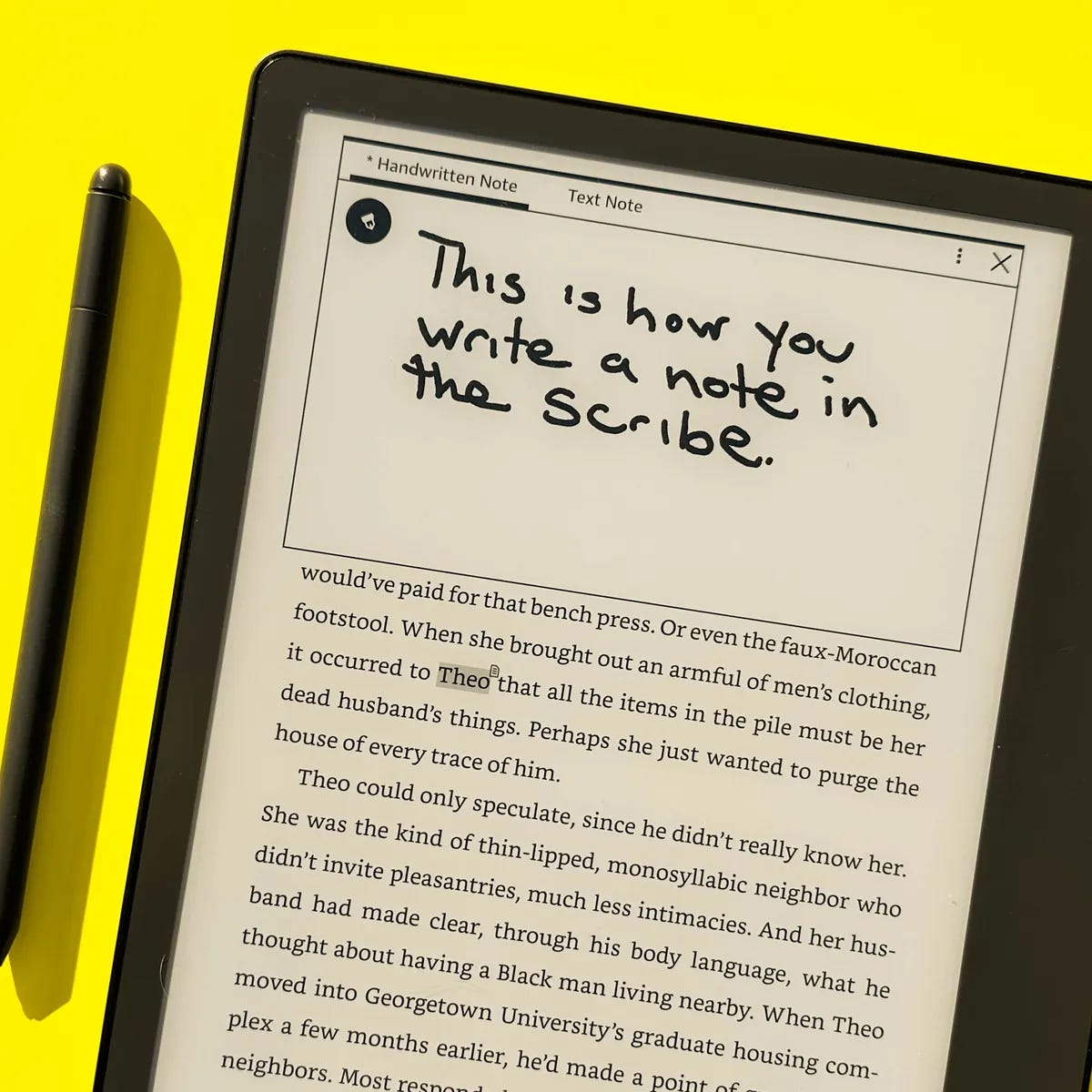
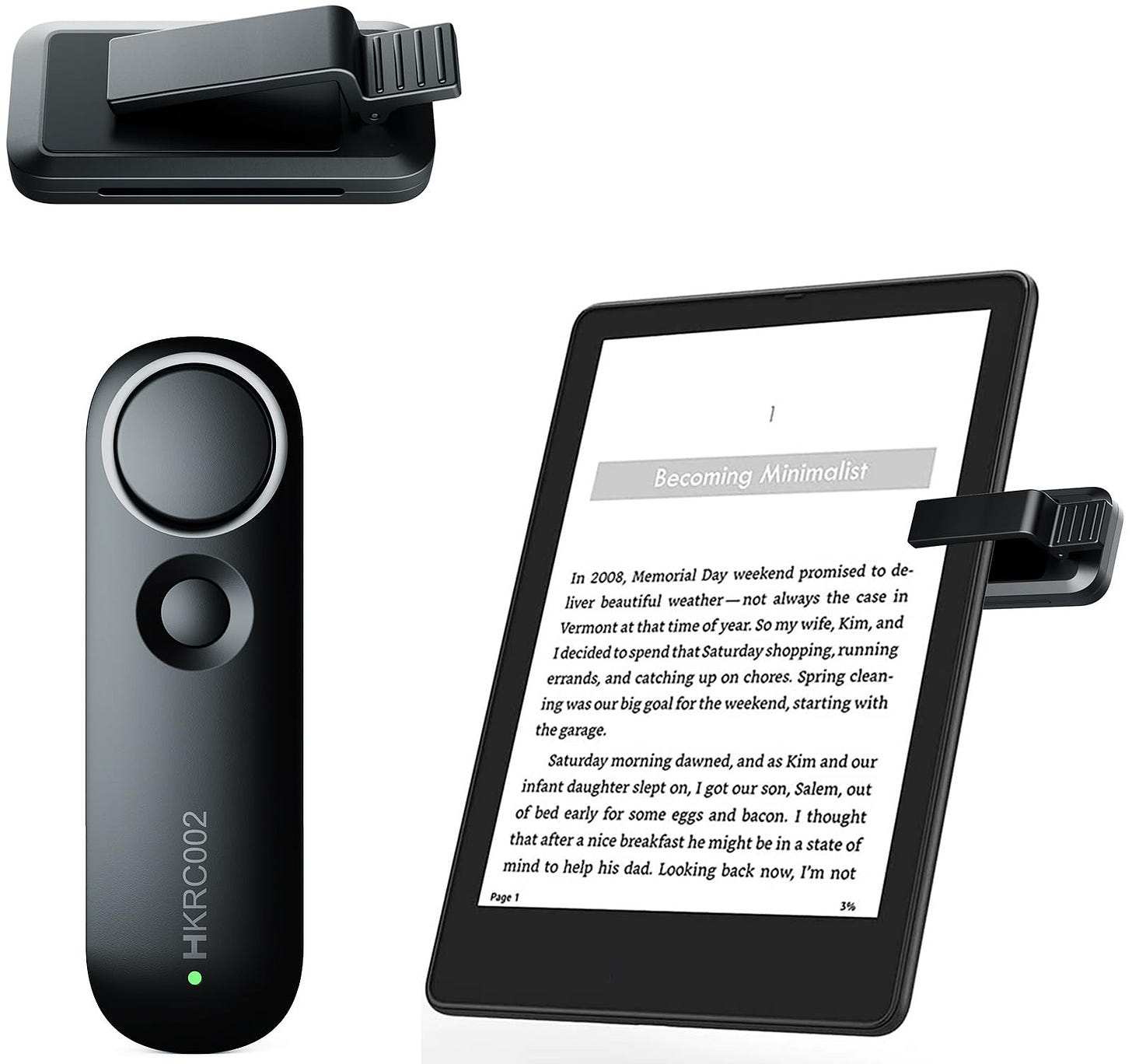
It was really interesting to hear how your device use has changed and evolved. The fact that a change in case can make a device so much more accessible was fascinating! Thanks for sharing this.
SCRIBE ON!